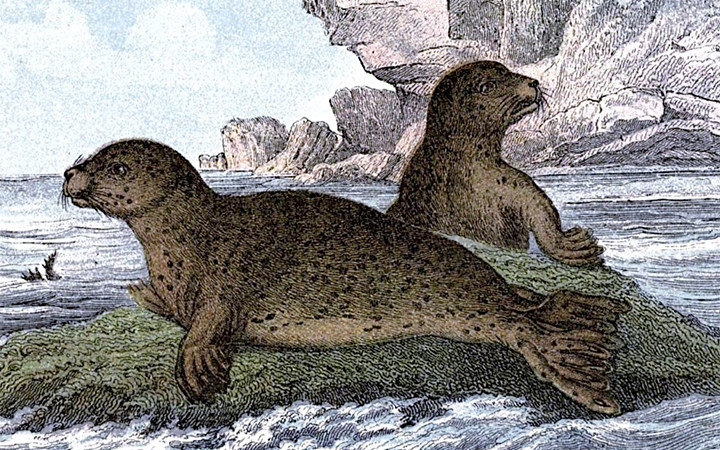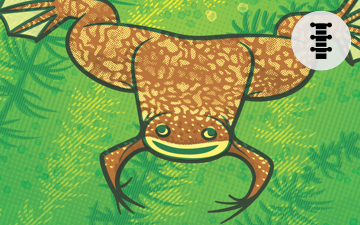Chordata

Human
Homo sapiens


3 POINTS
Play: This Human has a MOVE of 2. Can be played next to any TERRAIN.
Fact: Although an omnivore, this card can only be played next to a SPECIES card that represents food that the player would actually eat.

Harbour Seal
Phoca vitulina


8 POINTS
Play: This Harbour Seal has a MOVE of 2.
Fact: Seals in the UK are protected by the 1970 Conservation of Seals Act, which probihits most forms of killing.

Frog
Xenopus laevis / tropicalis


3 POINTS
Play: This frog has a MOVE of 2.
Commonly known as the “clawed frog”, this amphibian’s large embryos and eggs are easy to obtain and manipulate for medical and developmental research.

Zebrafish
Danio rerio


3 POINTS
Play: This fish has a MOVE of 2.
An ideal model organism for research in development, genetics, and stem cell research due to its large transparent embryos and regenerative abilities. Its shiny stripes and simple needs also makes it a popular aquarium pet.

Mouse
Mus (genus)


2 POINTS
Play: The mouse has a MOVE of 2.
The mouse is the most widely used mammalian model system. Its physiological and genetic similarity to humans makes it ideal for medical research.

Anhanguera blittersdorffi
Anhanguera blittersdorffi


EXTINCT | 5 POINTS
Play: FLIGHT of 2.
Anhanguera means “Old Devil.” The bumps on the tip of its bill may have helped stabilize its head when snatching fish as they leapt out of the water!